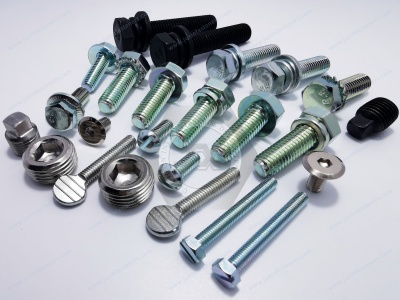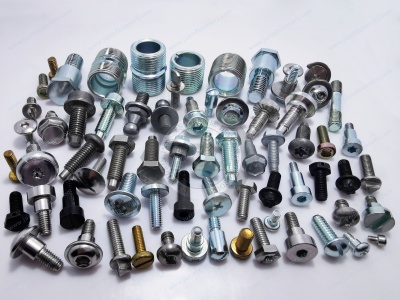Call Us
+86 136 6007 9809
Call Us
+86 136 6007 9809
Jun. 11, 2024
Expansion bolts for distribution cabinet base specification industry solutions
There are many types of expansion bolts, which can be categorized into various types according to different usage scenarios and requirements. Here are some common types of expansion bolts:
Casing-type expansion bolts: This is the most commonly used type, consisting of a countersunk head bolt, an expansion tube, a flat washer, a spring washer, and a hexagonal nut. It is suitable for a variety of occasions.
For high-quality hexagonal head screws fasteners and professional technical support, don't hesitate to contact us at adelajonly@gmail.com or visit our website at [Juxin Fasteners]: https://www.juxinfasteners.com.


General requirements for explosion-proof fasteners
Garage Geckos: Also known as garage expansion bolts, they are suitable for fastening in specific applications.
Chemical Expansion Bolts: Expanded using chemicals, suitable for occasions requiring quick fixing.
Internal Expansion Bolts: Expansion by internal pressure, suitable for fixing specific materials.
Window Expansion Bolts: These are specially designed for installing and fixing windows.
Heavy Duty Anchor Bolts: Suitable for applications that require heavy loads.
Plastic Expansion Screws: Commonly used for installing and fixing kitchen and bathroom hardware hangings, TVs, hoods and so on.
Stainless steel expansion screws: widely used in industry. Expansion screws with rings, expansion hook screws, hexagonal internal expansion screws, external expansion screws, countersunk expansion screws, and so on. These types are divided according to the modeling structure and are suitable for different installation needs and occasions. When choosing suitable expansion bolts, you must decide according to the actual use of the environment and ensure the installation's firmness and safety.
1. Distribution cabinet installation: according to the layout of the construction drawings, the distribution cabinet is in sequence, one by one, on the base steel. Individual distribution cabinets for cabinet face and side of the verticality of the adjustment can be solved by adding pad iron, but not more than three pieces, and welding firmly. Into the array of distribution cabinets in place, the level of the cabinet should be adjusted, and disk deviation needs to be adjusted to comply with the provisions of the construction specification.
2. The wall-mounted distribution box can be fixed on the wall with expansion bolts, but hollow brick or block walls must be pre-buried dovetail bolts or fixed with tie bolts.
3. Installation of distribution box should be pre-buried sets of boxes, and the panel should be flat with the wall after installation.
4. After adjusting the distribution cabinet, bolts should be used to fasten the cabinet with the base steel.
5. Distribution cabinet grounding: Each distribution cabinet is connected with the base steel alone. Copper wire can reliably connect the PE row in the cabinet with the grounding bolt, and spring washers must be added for anti-loosening treatment. Each cabinet door should be connected to the PE row using copper braided wire.
6. The top of the distribution cabinet is connected to the busbar; note that the busbar supporting wrench should be fastened according to the requirements, and the contact surface should be coated with neutral petroleum jelly. When connecting the busbar between cabinets, pay attention to whether the busbar is too close to other devices or shells and the correct phase.
7. Control circuit check: Check whether the line is loose due to transportation and other factors, fasten it one by one, and check whether the electrical components are damaged. In principle, the control line of the distribution cabinet is calibrated in the factory, and it can not be adjusted privately in the cabinet line. If any problem is found, the supplier should be contacted.
8. After the control line calibration, simmer each core wire into a circle, with galvanized screws, eyelets, and spring pads connected to each terminal board. Each side of the terminal board is generally a terminal pressure wire, up to two, between two wires with eyelets. Multi-stranded wires should be tinned and should not have broken strands.
Contact Us
Tel.:
+86 020 8621 0320
+86 020 3121 6067
E-mail:
Technical Support:
Navigation
SEND INQUIREY